Basic service offering
I offer architectural models of buildings, historical objects, urban complexes and technical products. The outputs of this work are digital or real architectural models. Digital models can be used in visualizations, animations or virtual reality. Real models are produced using 3D printing or laser cutting. The only difference is the requirement whether I need to create a model of a building only as a data file or I want to materialize it into its physical form. Both production techniques have their advantages and uses and can of course also be combined. The basis is always a computer model, but for each of these outputs the model is handled slightly differently. The production focuses on individual orders tailored directly to your requirements.
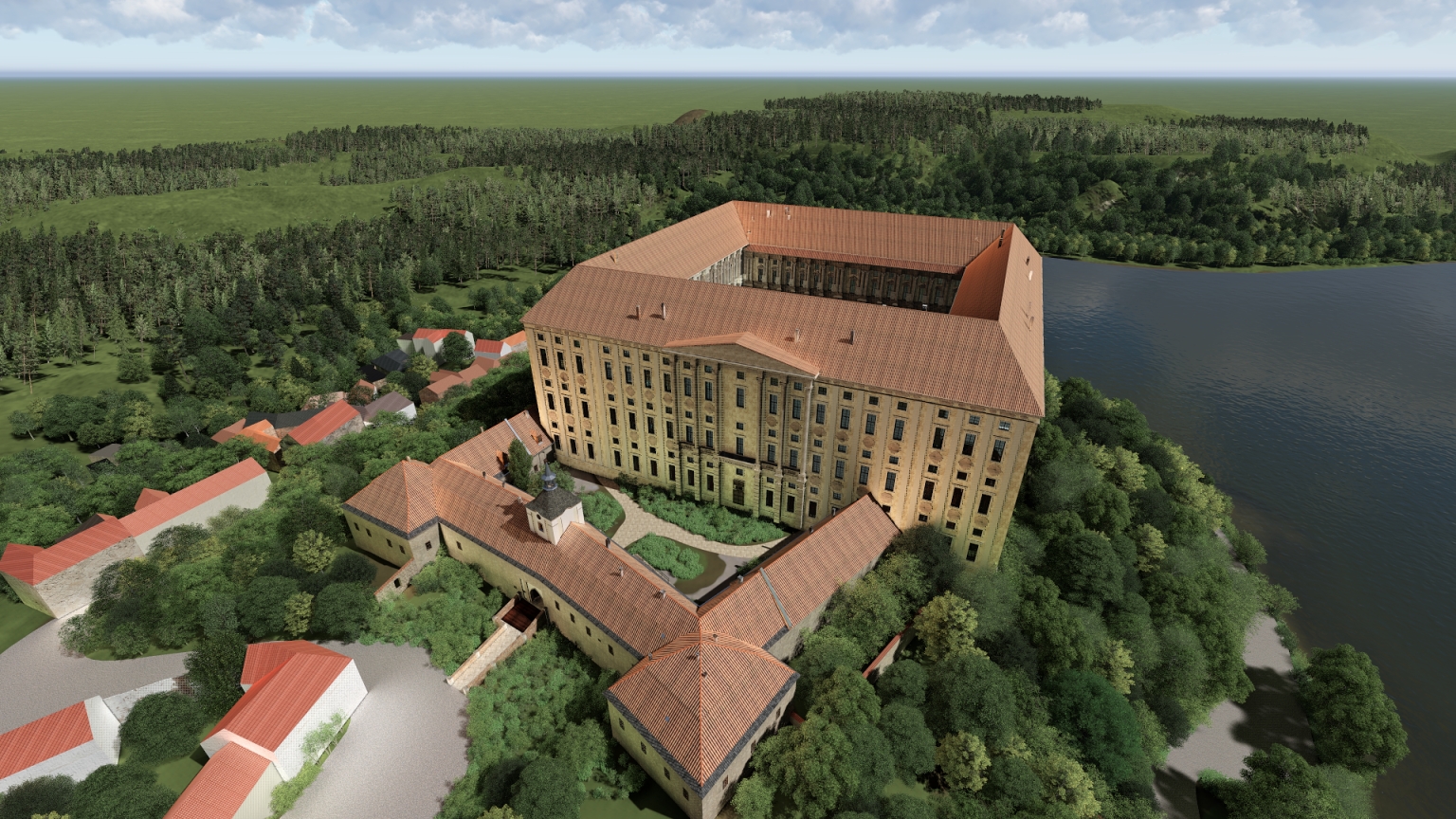
Visualisation animation
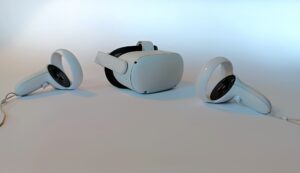
Virtual reality

3D printing and laser cutting
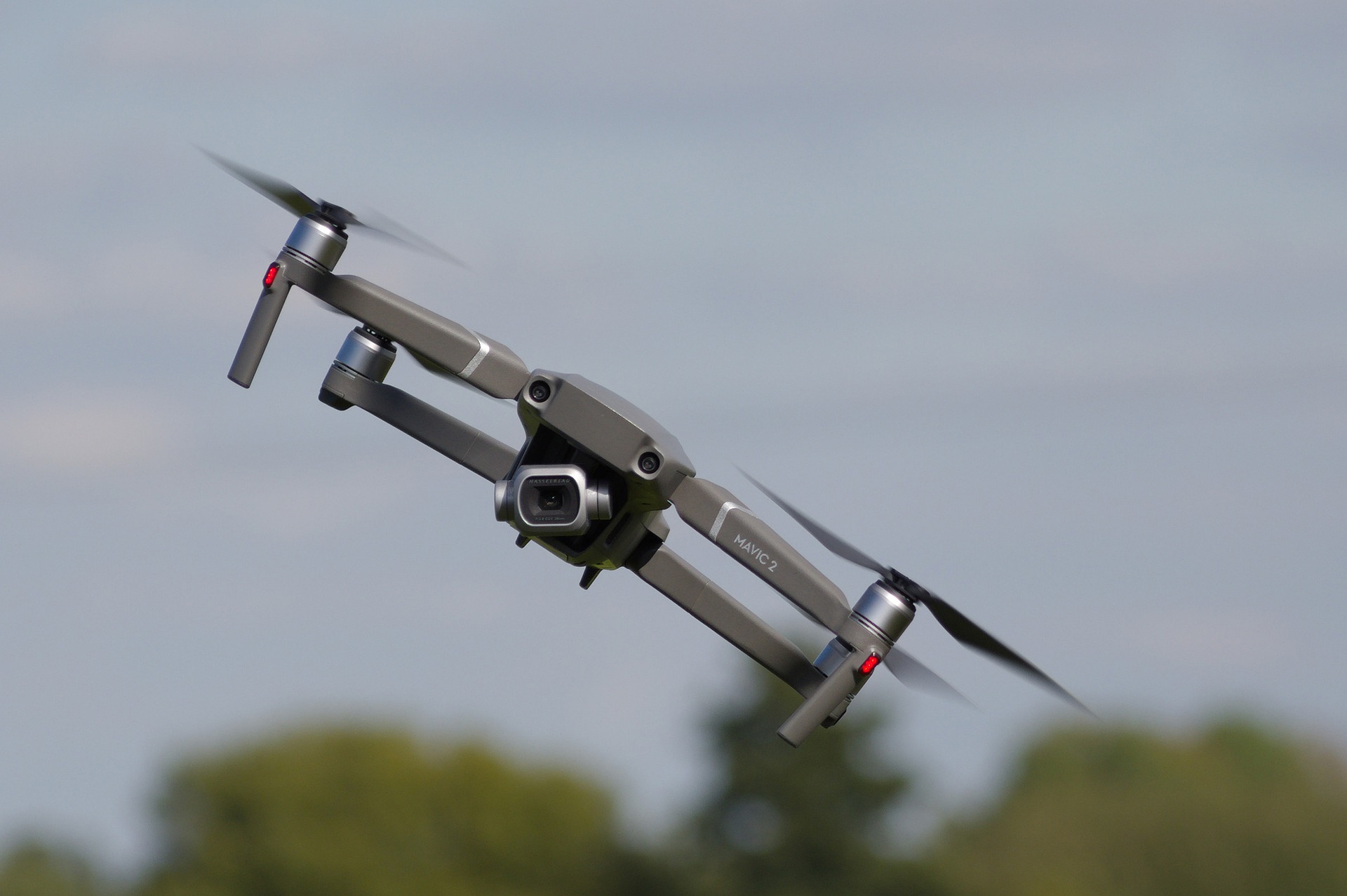
Drone shooting
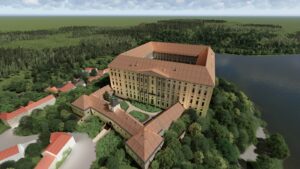
Visualisation and animation

Virtual reality
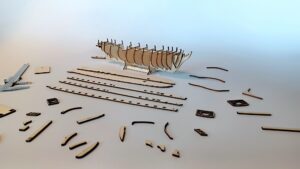
3D printing and laser
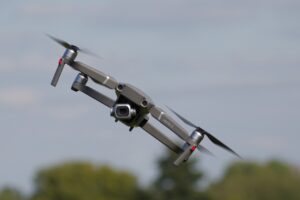
Drone shooting
Choosing a suitable data processing method
Models can be created by different processing techniques. First it is important to say what the model is to be used for and in what form we want to perceive it. Currently, in each sector in which models are used, there is a different requirement for the form of processing. In architectural design, the most useful visualizations are those supported by material models of the buildings depicted. The museum industry has a preference more in material models that can be placed in display cases. In the real estate market, virtual reality can also be applied and in the case of imaging existing buildings, we can also use drones. For each of these outputs, the data is processed differently.
VISUALIZATION AND ANIMATION
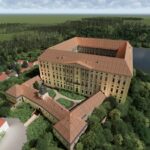
Visualization
The basis is the creation of a data model of the building, which may include interiors, additional objects or staging.
Their size starts at postcard size and goes up to large wall posters. Multiple views can be created from a single model. Visualizations can also capture night-lit scenes.
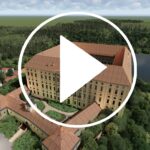
Animation
The basis is again a data model and the procedure is similar to creating visualizations. Thanks to the database of 3D models, which are used as a stagecraft in animation videos, everything looks plastic. The spatial effect is achieved especially in exterior scenes, in which more greenery is used. Animation fly-throughs are best used in large areas. Buildings can be captured from many angles.
VIRTUAL REALITY
In addition to the standard modelling process, models created for virtual reality require programming of the entire environment in which the virtual transmission will take place. The primary requirement is to set up the physical environment to avoid situations where the observer, for example, walks through a wall. The virtual environment is intended to give the impression of reality, the viewer is drawn directly into the space of the displayed buildings. The output is thus a direct experience of the participant.
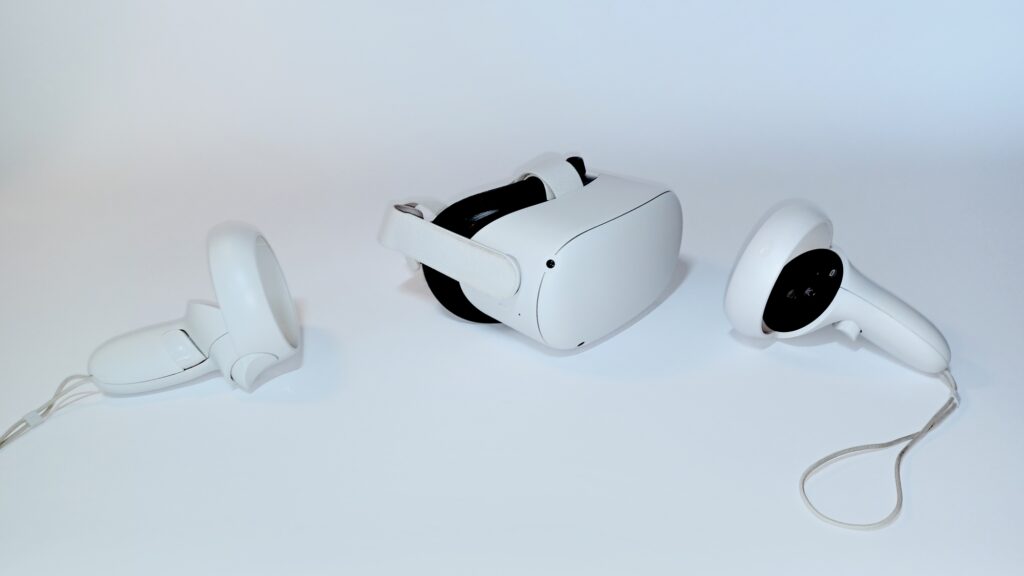
For example, Oculus VR glasses can be used for VR viewing. The modelled environment is loaded directly into the goggles and is ready to use. Movement in the VR environment can be set as unrestricted or stationary, where the user moves through the model using individual “jumps.” This may eliminate any potential motion sickness some users may experience when using this technique.
The VR goggles are not part of the service, they are only used to view the deliverables. There is an assumption that the customer will provide this imaging technology for their own needs and upload the processed data to the glasses. If necessary, the procedure can be described in detail and installation advice can be provided.
3D PRINTING AND LASER CUTTING
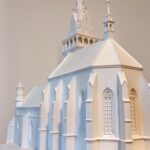
3D printing
In this case, the data model is processed with regard to the design needs, both in the actual printing of the parts and also with regard to the modelling procedures. Compared to the creation of a model for visualisation, in this processing it is necessary to model many more elements that make up the structure of the whole building.
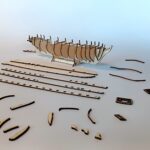
Laser cutting
Laser firing is mainly chosen for large design scales where 3D printing would no longer be cost-effective. Of course, it is also possible to burn smaller scales or to combine this technique with 3D printing. The laser works in a 2D environment, so the models have to be broken down into individual walls, which the laser cuts out of plywood, cardboard and similar materials, and these parts are reassembled using modelling techniques.
DRON SHOOTING
This service is in preparation. The flight training and necessary authorisations for this service have been obtained. Optimisation of the service is now underway.
